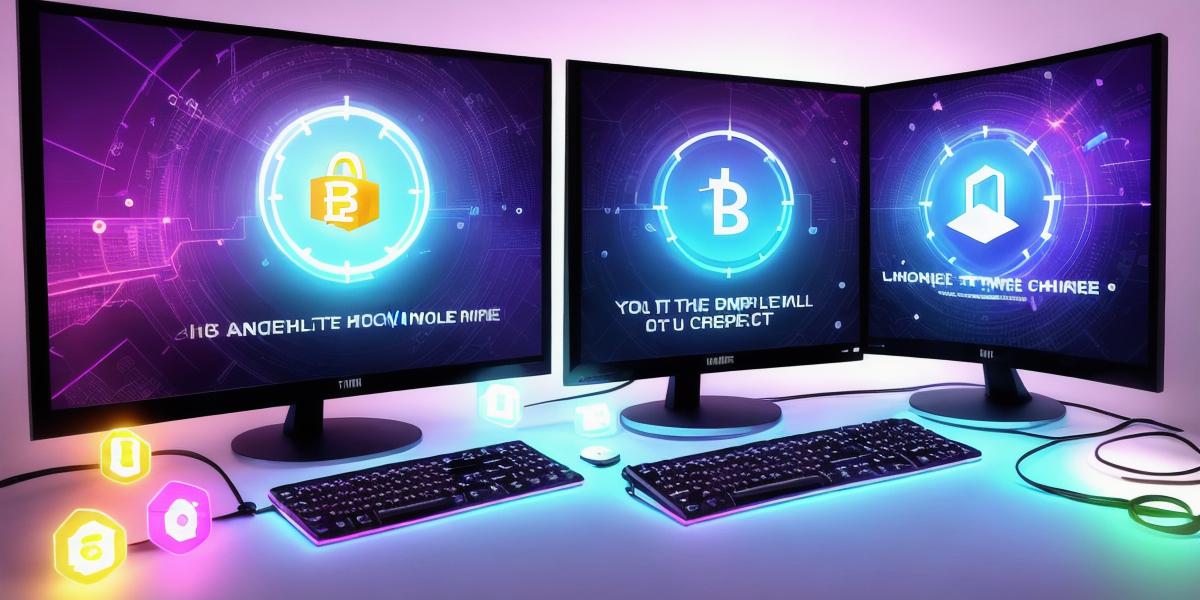Blockchain technology has revolutionized gaming, providing players with new ways to engage and interact within games. The decentralized and transparent nature of blockchain technology allows for more secure and trustless transactions, making it an ideal platform for gaming applications. In this article, we will explore tips for creating a thriving blockchain game that will engage and retain players.
- Understand the basics of blockchain technology
Before you start developing your game on the blockchain, it’s important to understand the basics of the technology. This includes understanding how transactions are recorded on the blockchain, how consensus is achieved, and how smart contracts work. You can find a wealth of resources online to help you learn more about blockchain technology. - Define your game concept
Once you have a good understanding of blockchain technology, it’s time to define your game concept. This includes deciding on the type of game you want to create, the target audience, and the gameplay mechanics. It’s important to make sure your game concept is unique and stands out from other games in the market. - Design for security and transparency
One of the key benefits of blockchain technology is its security and transparency. Your game should be designed with these principles in mind, ensuring that transactions are secure and players can trust the platform. This includes implementing measures to prevent cheating and fraud, as well as providing clear and transparent information about game mechanics and player data. - Build a strong community
Community is an essential part of any successful game. In a blockchain game, this is even more important, as players will need to interact with each other in order to participate in the game. You should focus on building a strong community through features such as leaderboards, social sharing, and forums. This will help to create a sense of belonging among players and encourage them to continue playing. - Offer incentives for participation
Incentivizing participation is an effective way to keep players engaged and motivated. In a blockchain game, this can include offering rewards for completing certain tasks or achieving certain milestones. You should also consider implementing features such as staking or mining, which allow players to earn cryptocurrency through their participation in the game. - Test and iterate
Testing is an essential part of any development process, and blockchain games are no exception. You should thoroughly test your game before launching it, making sure that all features and mechanics are functioning as intended. Once launched, you should continue to monitor and gather feedback from players, making changes and improvements as needed.

In conclusion, creating a thriving blockchain game requires careful planning, attention to detail, and a focus on community and incentives. By following these tips and best practices, you can create a successful game that will engage and retain players for years to come.
